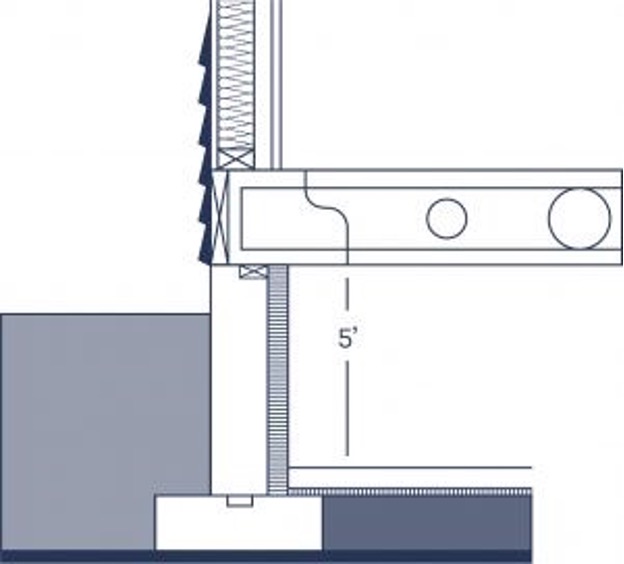Home
Demystifying House Foundations: What is the Importance of Foundations for a House?
Do you foresee yourself purchasing your first home? Are you dreaming of building your peace palace? No matter your situation, every housing project must start with a solid foundation.

The Importance of House Foundations
House foundations play a crucial role in several aspects of your home. They ensure the support and distribution of your house’s weight. Poorly constructed foundations can lead to significant issues such as protruding nails and water infiltration. In Canada, the freeze-thaw cycle is often a source of these problems and could even render your home uninhabitable. Therefore, it is essential to pay close attention to this stage of the project.

Before Starting Your House Project
Before choosing the type of foundation, it is recommended to know your soil type. Why? Because your soil type might require backfill or a specific type of foundation. To avoid unpleasant surprises, delays, and additional costs, it is advisable to request a geotechnical study. Experts can then assess the stability of your soil and determine an appropriate anchoring depth.
Different Types of House Foundations
Regular Foundations
“Regular” foundations are the most common in the construction industry. They are generally made of poured concrete at least 8’6″ high, providing the possibility of adding a basement if needed. They also allow good insulation by creating a space between the ground and your first floor.

Crawl Spaces
Crawl spaces, though less popular at one time, are regaining popularity. They consist of leaving a space about 5 feet high between the ground and the structure. This option provides good insulation thanks to the air contained in the space. However, it is essential to hire a professional to avoid problems with humidity, ventilation, or insulation. Considering the price difference between regular foundations and crawl spaces, many prefer the former option to have habitable space rather than a “loss” of space.

Slabs on Grade
Slabs on grade might seem like the simplest option for your foundations, but the complexity of their installation should not be underestimated. This type of foundation involves excavation, followed by the addition of layers of compacted sand and insulation before installing the reinforced concrete slab. In Quebec and other cold regions, this option often does not provide the necessary insulation to counteract the cold winters.

Helical Piles
Helical piles are an increasingly popular type of foundation, especially for unstable soils. They allow anchoring below the frost line, regardless of its depth, ensuring that your structure is not affected by freeze-thaw movements. By opting for helical piles, you ensure a solid house. Additionally, helical piles are economical because their installation does not require excavation, making them ideal for projects in less stable soils or hard-to-access locations.

Consult Professionals for Your House Foundations
Now that you better understand the importance of foundations and the available options, it is crucial to consult experts for this essential step of your project. To learn more about our foundation solutions, do not hesitate to contact a certified local installer by visiting our page on Postech Piles.


